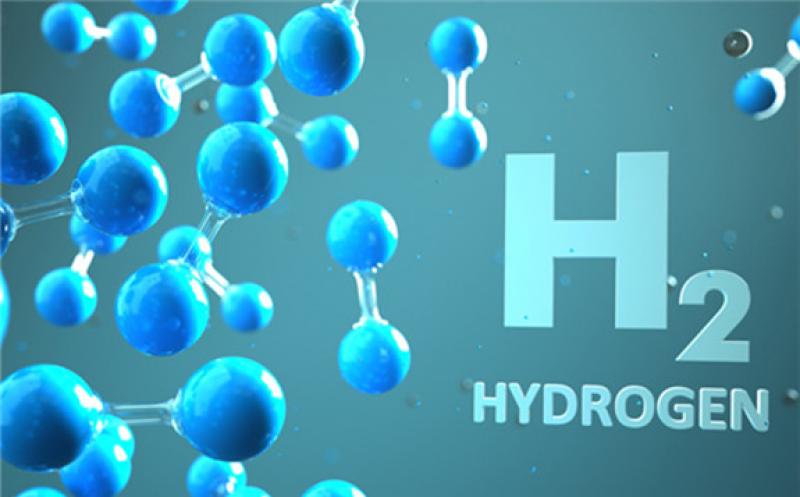UK industry could see a low carbon hydrogen demand of ~10TWh in 2030, increasing to up to 37TWh by 2050. According to a new report from Cornwall Insight, Industrial decarbonisation key for UK low carbon hydrogen.

The insight paper examines industries that currently consume hydrogen or have the potential to increase the use of low carbon hydrogen.
Key findings of the report
UK industry could see a low carbon hydrogen demand of ~10TWh in 2030
This could increase to 37TWh by 2050
The largest demand (36TWh) is expected from high-temperature industrial processes hydrogen will substitute natural gas and other fossil fuels.
Total cost
Using the CAPEX values for electrolysers and offshore wind from the Department for Business, Energy & Industrial Strategy (BEIS) and International Energy Agency (IEA), we estimate the investment to establish this infrastructure at ~£23bn.
Deva Devaraj, Modelling Analyst at Cornwall Insight, said:
“UK industry, while contributing £331bn towards GDP (17%), also accounts for 18% of carbon emissions, which can be reduced via multiple decarbonisation pathways. For example, industrial processes using fossil-based electricity and heat generation can be switched to renewable sources, and processes requiring fossil fuels for heat generation can also be electrified. However, there is a substantial role for hydrogen in industrial decarbonisation.
“Hydrogen is versatile; it can be used as a feedstock, reducing agent, and to generate heat. Using low carbon hydrogen in industries would be a catalyst to scale up its production and lead to hydrogen technology adoption in other end-use sectors.
“It should be noted that the low carbon hydrogen intake would be dictated by the rate of decarbonisation and their production capacity. Therefore, even though chemical manufacturers account for less than 1% of the total hydrogen demand, they are definitive offtakers with very little variability.
“The industrial heat process exhibits the greatest hydrogen demand potential (98%); it is greatly influenced by the penetration rate of low carbon hydrogen, thereby subjected to high variability.”